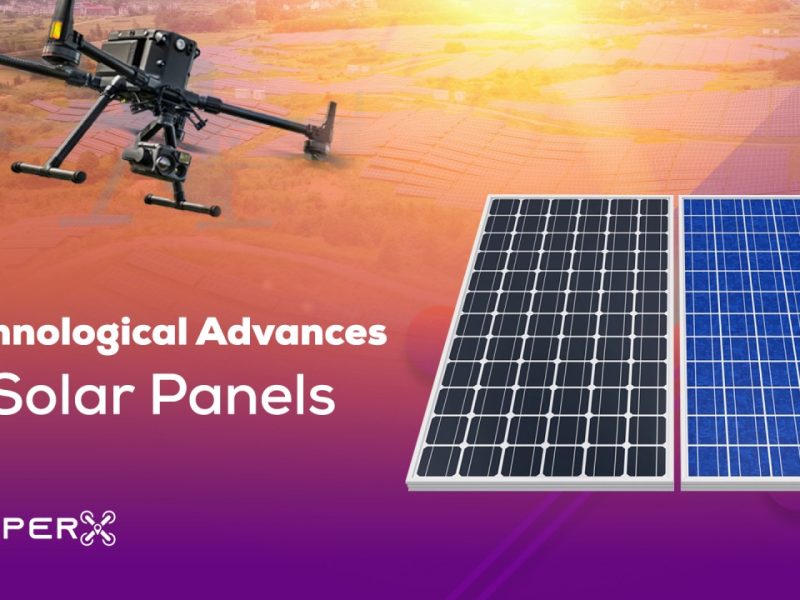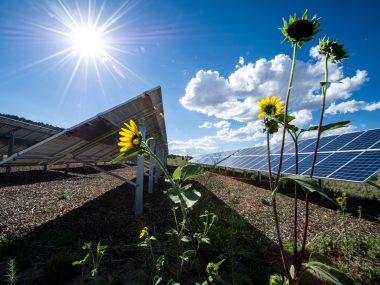- Solar panel technology is constantly evolving, with ongoing progress in various key aspects. Scientists and engineers are seeking enhancements in efficiency, longevity, and cost-effectiveness. Breakthroughs include the creation of novel materials that capture light more effectively, like perovskite solar cells, which have demonstrated significant efficiency improvements. Moreover, innovations in manufacturing methods, such as thin-film deposition and roll-to-roll processing, are reducing the expense of production. Additionally, improvements in energy storage solutions are complementing solar panels, facilitating better grid integration and bolstering reliability. Collectively, these advancements are enhancing the accessibility and competitiveness of solar energy as a renewable power source.
- Also, Solar energy has been increasingly favored over time, largely because of the ongoing improvements in solar panel technology. These advancements have made solar power more efficient, affordable, and adaptable. In this discussion, we explore these technological advancements and their role in shaping the future of solar energy.
EFFICIENCY IMPROVEMENTS IN SOLAR PANELS
Solar panels have undergone significant enhancements in their efficiency, which refers to their ability to convert sunlight into electricity, over the years. This increased efficiency means that less sunlight is wasted, resulting in a higher energy yield. According to the National Renewable Energy Laboratory (NREL), the efficiency of solar cells has seen remarkable improvements:
- In 2000, the efficiency record for solar cells was approximately 25%.
- By the mid-2010s, this figure had increased to around 35%.
- Recent laboratory tests have achieved efficiency records approaching the 50% mark. This continual improvement in solar panel efficiency translates to more power generation per unit area, reducing the space required for solar installations.
DEVELOPMENTS IN SOLAR CELL MATERIALS
Advancements in solar technology have also expanded to the materials employed in constructing solar cells. Historically, solar panels predominantly relied on crystalline silicon cells, but novel materials are emerging. Some notable progressions comprise:
Thin-film solar cells:
These cells are more economical and lighter compared to traditional silicon cells. They can be fabricated from various materials, including cadmium telluride (CdTe) and copper indium gallium selenide (CIGS).
Perovskite solar cells:
Representing a recent development in the solar industry, perovskite cells are cheaper to produce and simpler in manufacturing compared to silicon cells, potentially reducing the cost of solar energy.
ADVANCES IN SOLAR BATTERY STORAGE
The enhancements in solar panel technology extend beyond just the panels themselves. The emergence of more efficient and cost-effective solar battery storage systems marks another notable advancement. These batteries store excess power generated by the solar panels, which can be utilized when sunlight is unavailable. Key aspects of these advancements include:
Increased capacity:
Modern solar batteries have greater storage capacity, enabling homeowners to access solar energy even during periods of low sunlight such as nights or cloudy days.
Decreased costs:
The expense of solar batteries has been declining, rendering solar power more economically accessible for the average consumer.
BIFACIAL SOLAR PANELS
Bifacial solar panels represent a recent advancement in solar technology. Unlike conventional panels, which only have photovoltaic cells on one side, bifacial panels feature cells on both sides, allowing them to absorb sunlight reflected off the ground as well as direct sunlight. Key advantages of bifacial solar panels include:
Enhanced energy production: Bifacial solar panels can generate up to 20% more power than traditional panels due to their ability to capture additional reflected light.
Versatility:Bifacial panels are well-suited for areas with high albedo, such as snowy or sandy environments, where a significant amount of light is reflected from the ground.
SOLAR TRACKING TECHNOLOGY
Advancements in solar tracking technology have been notable as well. These systems enable solar panels to adjust and track the sun’s movement throughout the day, maximizing exposure to sunlight and improving efficiency. Key features of solar tracking technology include:
Enhanced efficiency:
By adjusting the angle of sunlight incidence on the solar panels, solar trackers can boost energy production by up to 25% compared to fixed installations.
Reduced costs:
Technological progress and improvements in manufacturing have made solar tracking systems more economical for residential applications.











